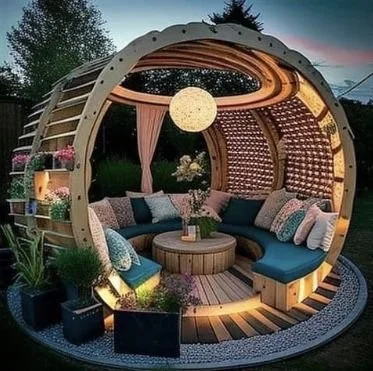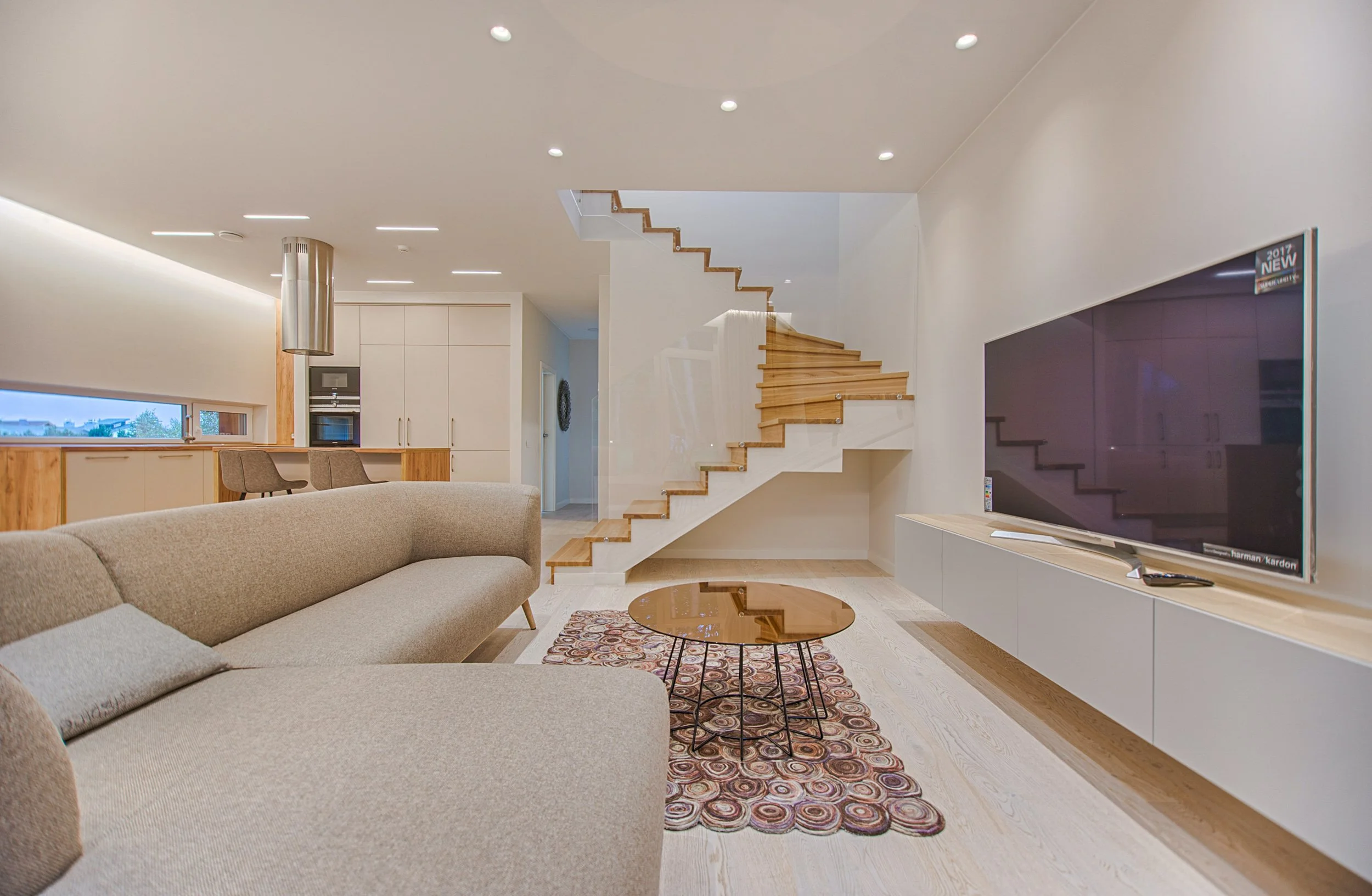Windows are a fundamental component of any home. They provide essential functions such as natural light, ventilation, and a view of the outside world. However, their impact on our living spaces goes beyond practicality. The design and quality of windows can significantly impact our mood, health, and overall well-being.
The right windows can create a comfortable and healthy living space by maximizing natural light and ventilation, reducing noise pollution, and improving indoor air quality. Natural light is essential for regulating our body's internal clock and boosting our mood, while fresh air is critical for removing indoor pollutants and maintaining good indoor air quality. In contrast, poor natural light and ventilation can lead to health problems such as fatigue, mood swings, and poor sleep quality.
In this article, we'll explore how better windows can lead to a better mood and a more comfortable and healthy home. We'll discuss some of the ways you can improve your windows to maximize natural light, ventilation, and aesthetics. By implementing these improvements, you can create a living space that promotes your overall well-being and improves your quality of life.
Natural Light and Mood
Natural light has numerous benefits for our physical and mental health. Our bodies rely on exposure to natural light to regulate our circadian rhythms, which dictates our sleep-wake cycles, hormone production, and other essential bodily functions. When our circadian rhythms are disrupted, we can experience symptoms such as insomnia, fatigue, and mood swings.
In addition to regulating our circadian rhythms, natural light also helps us produce vitamin D, a nutrient that is essential for strong bones and a healthy immune system. Vitamin D deficiency is linked to a range of health issues, including osteoporosis, diabetes, and certain types of cancer.
Moreover, natural light has been shown to have a positive impact on our mood and energy levels. Exposure to natural light can stimulate the production of serotonin, a neurotransmitter that helps regulate mood and promotes feelings of happiness and well-being. It can also help reduce symptoms of seasonal affective disorder (SAD), a type of depression that occurs in the winter months when daylight is scarce.
However, not all windows are created equal when it comes to letting natural light into a home. Older windows or poorly placed windows can block natural light, making a home feel dark and gloomy. For instance, windows that are located on the north-facing side of a home tend to receive less sunlight than those on the south-facing side.
To maximize the benefits of natural light, homeowners can consider installing energy-efficient windows with larger glass panes and low-E coatings. These windows allow more natural light into a home while reducing the amount of heat transfer, which can help improve energy efficiency and save on utility bills.
Fresh Air and Health
In addition to natural light, fresh air is crucial for our health and well-being. Indoor air can contain pollutants such as dust, mold, and volatile organic compounds (VOCs) from household products and appliances, which can negatively impact our health. Proper ventilation is essential for removing these pollutants and maintaining good indoor air quality.
Studies have shown that poor indoor air quality can lead to respiratory illnesses, allergies, and other health problems. In fact, the Environmental Protection Agency (EPA) has ranked indoor air pollution as one of the top five environmental risks to public health.
Proper ventilation can also improve cognitive function and productivity. Studies have found that poor air quality can lead to fatigue, headaches, and decreased concentration and cognitive performance.
Windows that open fully or have screens to keep bugs out can help improve indoor air quality by providing natural ventilation. Natural ventilation allows fresh air to circulate in a home, diluting indoor pollutants and bringing in fresh oxygen. In addition, screens can keep insects and other pests out while still allowing fresh air to enter a home.
For homes in areas with high levels of outdoor pollution or allergens, homeowners can also consider installing air filters or air purifiers to improve indoor air quality further.
Noise Reduction and Relaxation
Excessive noise pollution can have a significant impact on our physical and mental health. Studies have shown that exposure to high levels of noise can increase stress levels, negatively impact mood and cognitive function, and even lead to sleep disturbances and cardiovascular problems.
In our homes, outside noise can be a significant source of disturbance, particularly for those living in urban or densely populated areas. Traffic, construction, and other outdoor activities can generate noise that can be intrusive and disruptive to daily life.
To address this issue, homeowners can consider installing windows with insulated or laminated glass. These types of windows are designed to reduce noise transmission by providing an additional layer of sound insulation between the interior and exterior of the home.
Insulated glass is made up of two or more glass panes separated by a sealed air space. This air space acts as an additional barrier to noise transmission, reducing the amount of sound that enters the home. Laminated glass, on the other hand, consists of two or more glass panes bonded together with a layer of polyvinyl butyral (PVB) interlayer. This interlayer helps absorb sound waves, further reducing the amount of noise that enters the home.
In addition to reducing noise pollution, installing windows with insulated or laminated glass can also provide other benefits, such as improved energy efficiency, increased security, and reduced UV radiation.
Design and Aesthetics
The design and aesthetics of windows play a crucial role in creating a comfortable and inviting living space. Windows that are too small or poorly placed can make a room feel cramped and uninviting, while windows that are too large or poorly designed can have a negative impact on the overall aesthetic of a home. Choosing the right windows that complement your home's design and provide a comfortable and inviting living space can lead to improved mood and overall satisfaction.
One key consideration when selecting windows is their size and placement. A well-placed window can make a room feel more spacious and bright, while a poorly placed window can make it feel cramped and uninviting. For instance, placing a window near the ceiling can provide more natural light without compromising privacy, while positioning a window at eye level can create a more expansive view and bring the outdoors inside. Glass doors, like bifold doors, are a great way to bring the outdoors inside as well, while also providing access to your outdoor living space.
Another essential consideration is the design of the windows themselves. The shape, color, and style of windows can impact the overall aesthetic of a home and influence our mood and well-being. For instance, arched windows can add a touch of elegance and sophistication, while bay windows can create a cozy nook for reading or relaxing.
It's also crucial to consider the materials used for the window frames. Different materials can have a significant impact on the aesthetic and functionality of windows. Wood frames, for example, provide a classic, traditional look and excellent insulation, while aluminum frames are low-maintenance and modern.
Choosing windows that complement your home's design and provide a comfortable and inviting living space can lead to improved mood and overall satisfaction. By working with a reputable window installer, homeowners can find the perfect windows that not only enhance their home's aesthetic but also promote their overall well-being.
Jennifer Bell is a home decor and wellness enthusiast who writes for home improvement companies in the Philadelphia area.



















